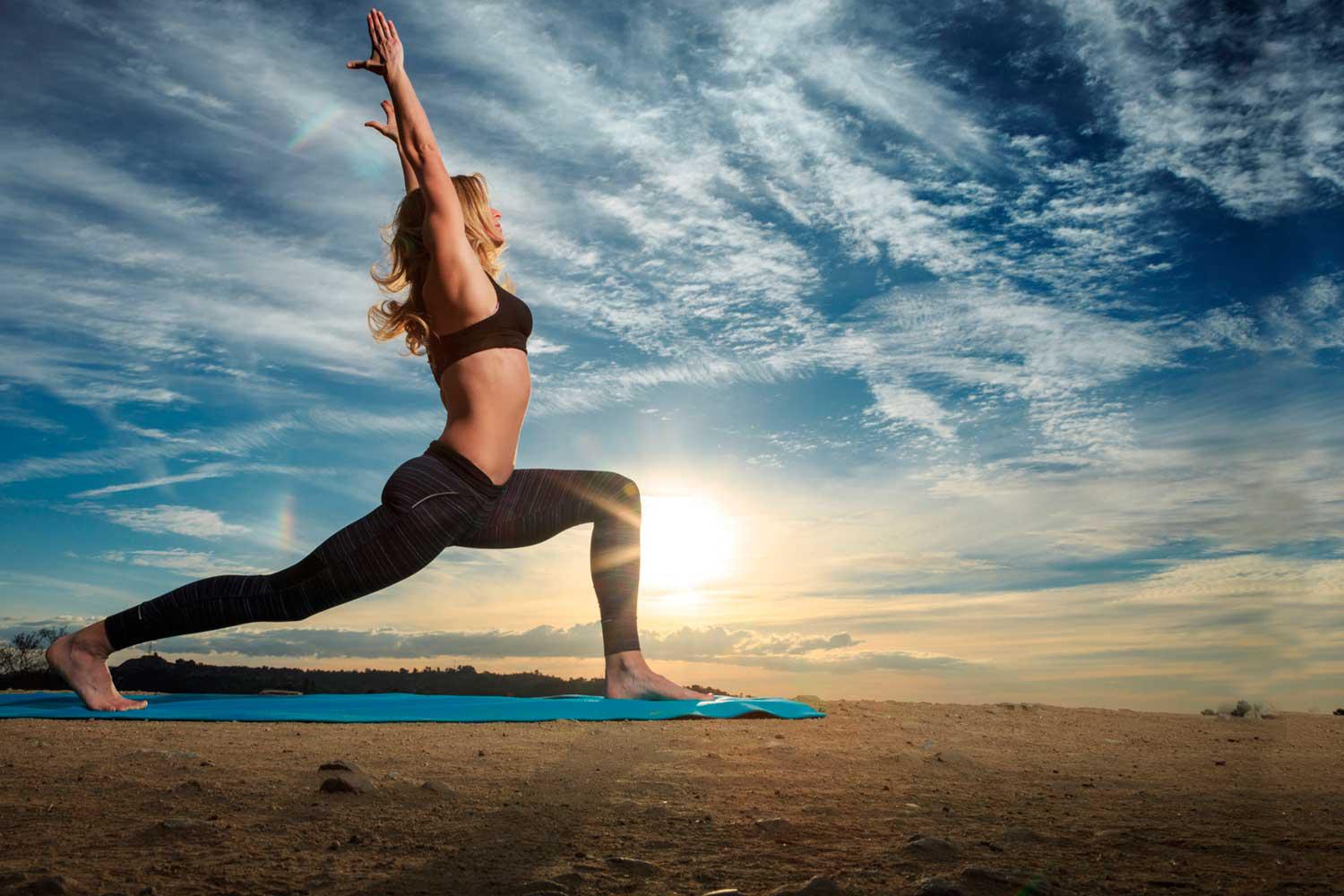What does the word “yoga” (for example https://www.julianalucky.com/yoga-for-kids) mean?
Derived from the Sanskrit root yoj or yuj, which has many meanings: “harnessing,” “curbing,” “unity,” “connection,” “harmony,” “union.”
What is the difference between yoga and Pilates?
An oft-asked question, with often the wrong answer. Yoga is an ancient system of human self-development whose goal is to stop the mind. Pilates, on the other hand, is a modern fitness trend, a series of exercises with the primary goal of strengthening the body and torso.
Who is Patanjali?
Patanjali is known as the “father of yoga.” He wrote a series of verses or scriptures known as the Yoga Sutras, which are the core of all yoga practice.
The ultimate goal of Chitta Vritti Nirodhah Yoga
The cessation of the fluctuations of the mind. This one sutra holds the ultimate goal and key of all yoga practice. The whole science of yoga is based on this one sutra: “If you can stop the fluctuations of the mind, you can know yoga.
What is the 8-step path of yoga?
Patanjali’s 8 steps of yoga are a set of life rules and philosophical affirmations. Yama, Niyama – rules of conduct, Asana, Pranayama – body and breath work, Pratyahara – sense control, Dharana – concentration, Dhyana – meditation, Samadhi – contemplation
Why do yogis sometimes not practice during full or new moon?
It happens because the moon has a direct effect on our bodies, by affecting our water levels as well as the tides. The moon also affects our emotions. A full moon brings us “filling things up” (projects, relationships, agreements, emotions). The new moon, on the other hand, brings “emptiness,” renewal, rethinking (ideas, projects, relationships and commitments). These days are good for maintaining Lent.
What is “nadi”?
Nadi is an energy channel. It is believed that there are 72,000 of these channels in our body. The three main ones are Sushumna (the spinal column) and also Ida and Pingala (right and left of the spine). They all meet in the Ajna Chakra (interbrow).
Why don’t yogis usually eat meat?
Not just because of following Ahimsa (non-violence), but because meat is dead, so it has no prana (life force). And since yoga was invented to raise your life force (prana), meat does very little for that.
What is the importance of the Ujjayi breath?
The Ujjayi breath fills the body with energy.
What are the 3 “locks” during asana?
One throat lock is Jalandhara Bandha, the second under the navel is Uddiyana Bandha and the last one at the base of the pelvis, Mula Bandha. They have to be held during the practice.
What is the value of Shavasana?
Corpse pose is performed at the end of every practice and is perhaps the most important pose of all. Shavasana plunges you into complete relaxation. Shavasana removes fatigue, calms the mind, and creates an anabolic state in which your cells regenerate and rejuvenate.
Should I practice during my period?
There are conflicting opinions on this one. The best thing to do is to listen to your body and do what feels good for you. Many women practice during their period and do inverted poses without feeling uncomfortable, such as headstand or shoulderstand. But this is all at personal discretion. The best advice would be to hold off on practicing during the first 2-3 days of the period. It’s worth being wary of apana movement inside the body (energy/blood flow). Therefore, it is better not to perform inverted postures during the period.
